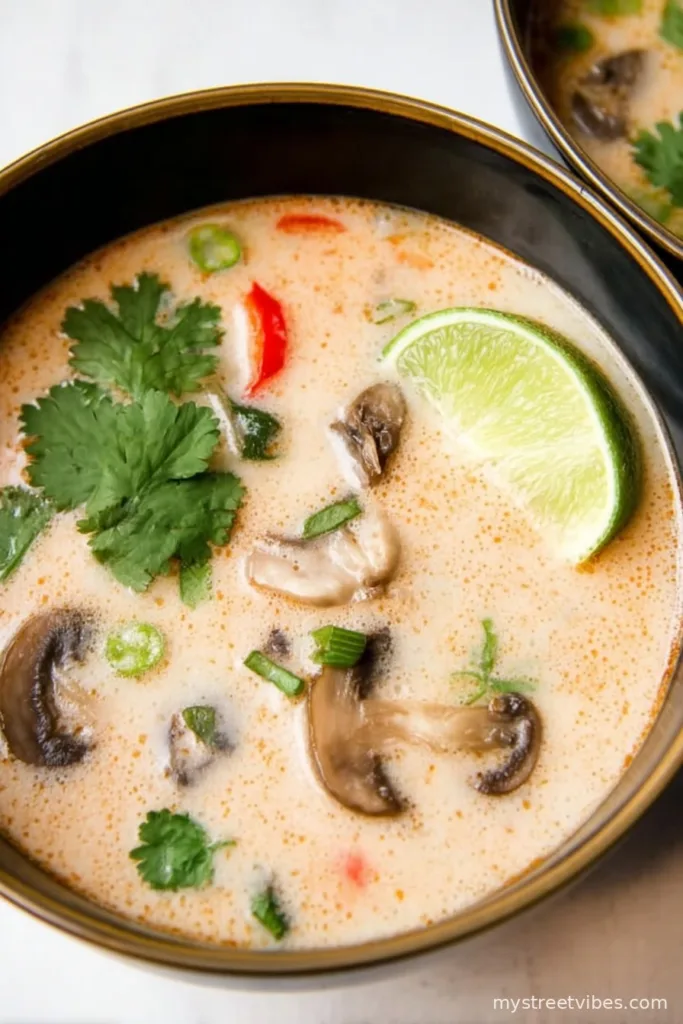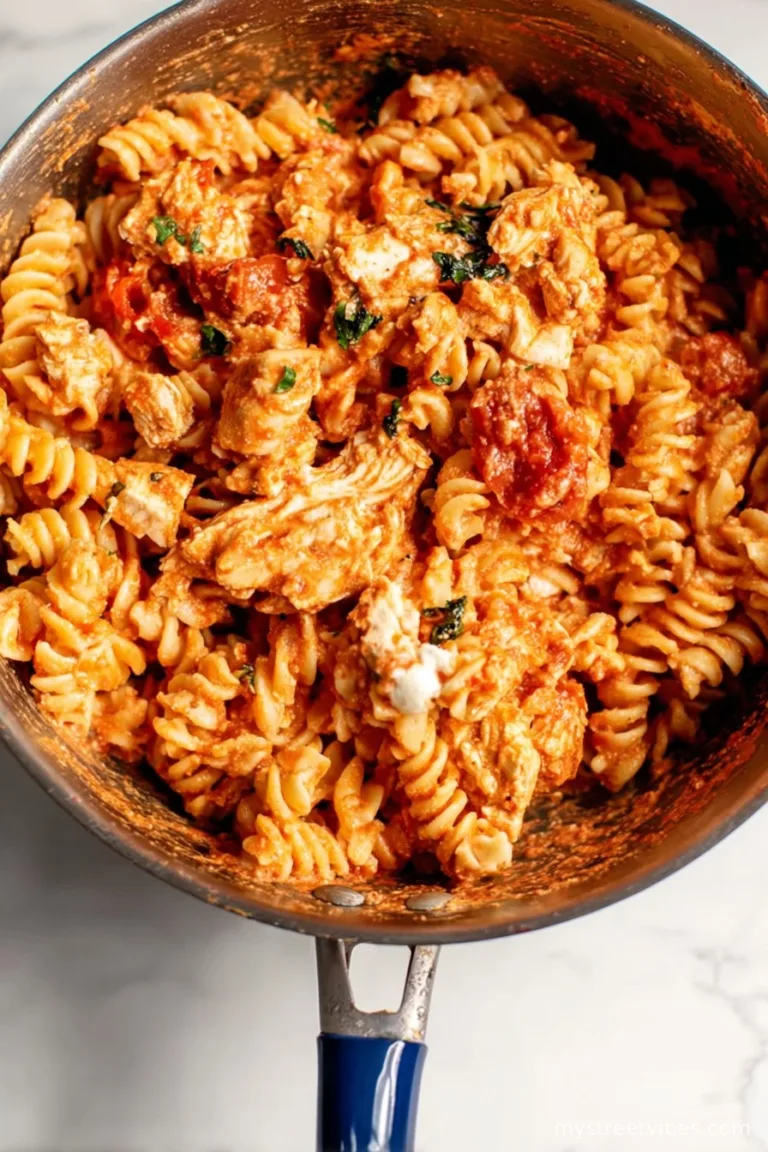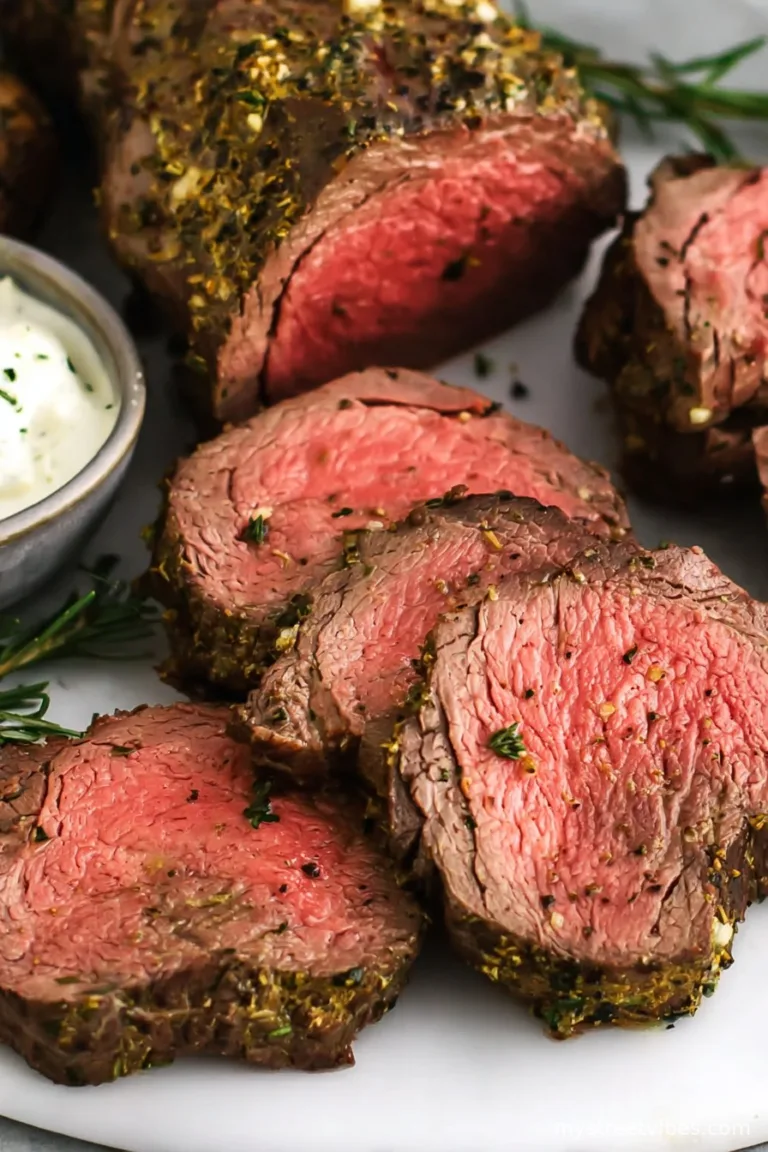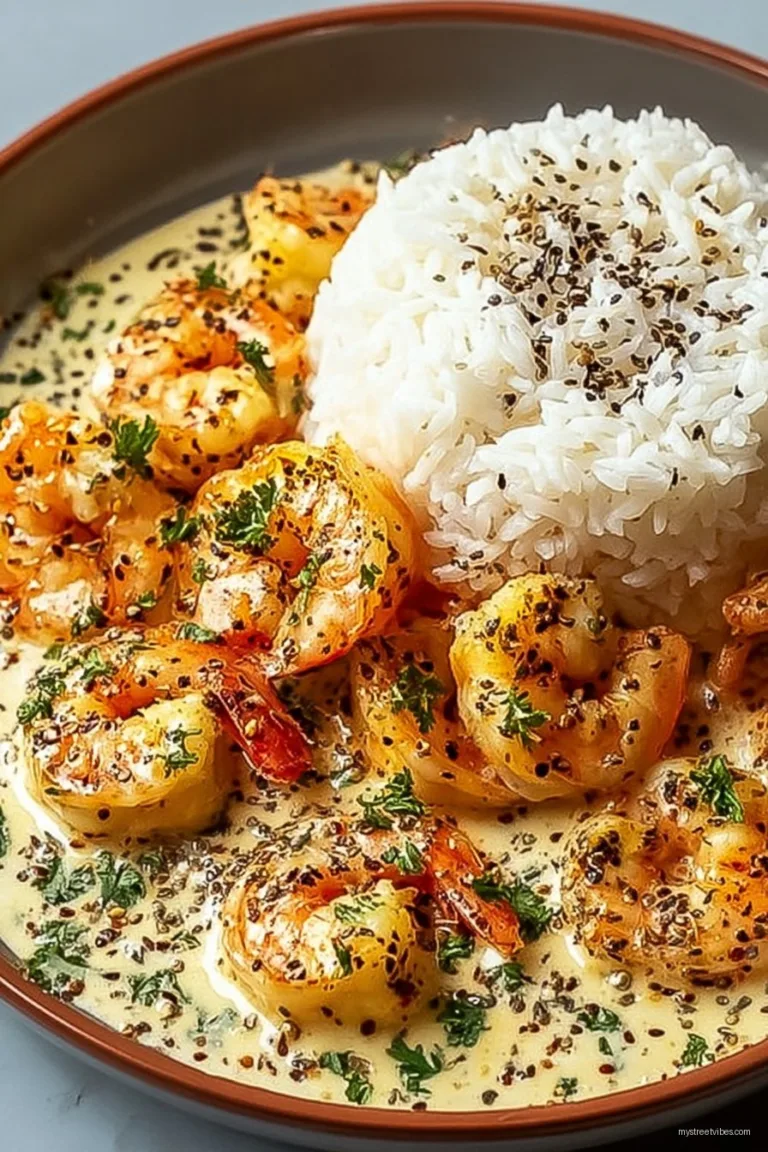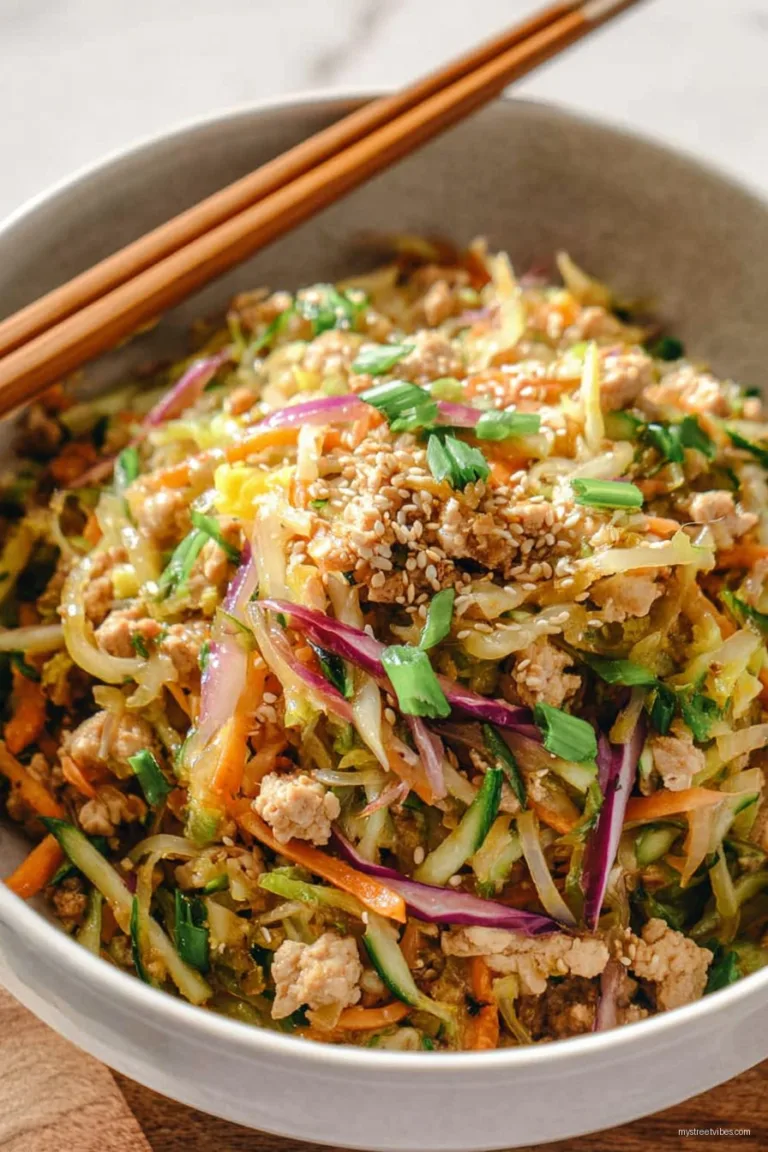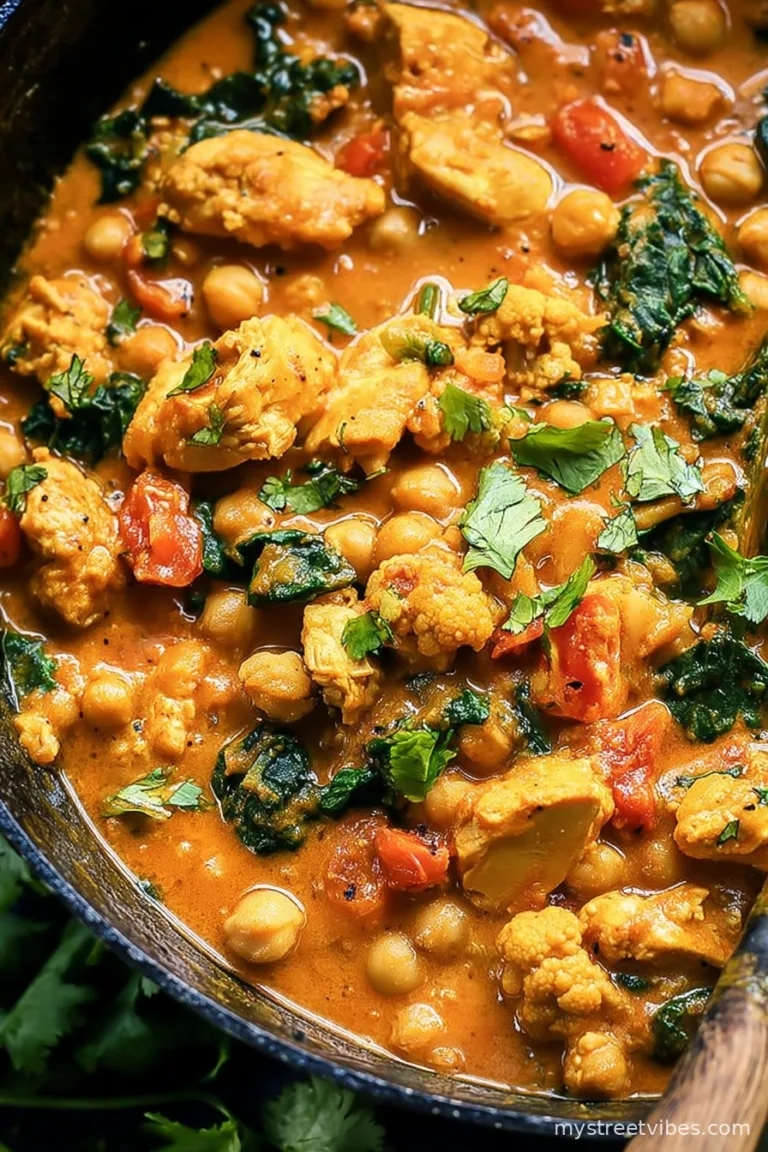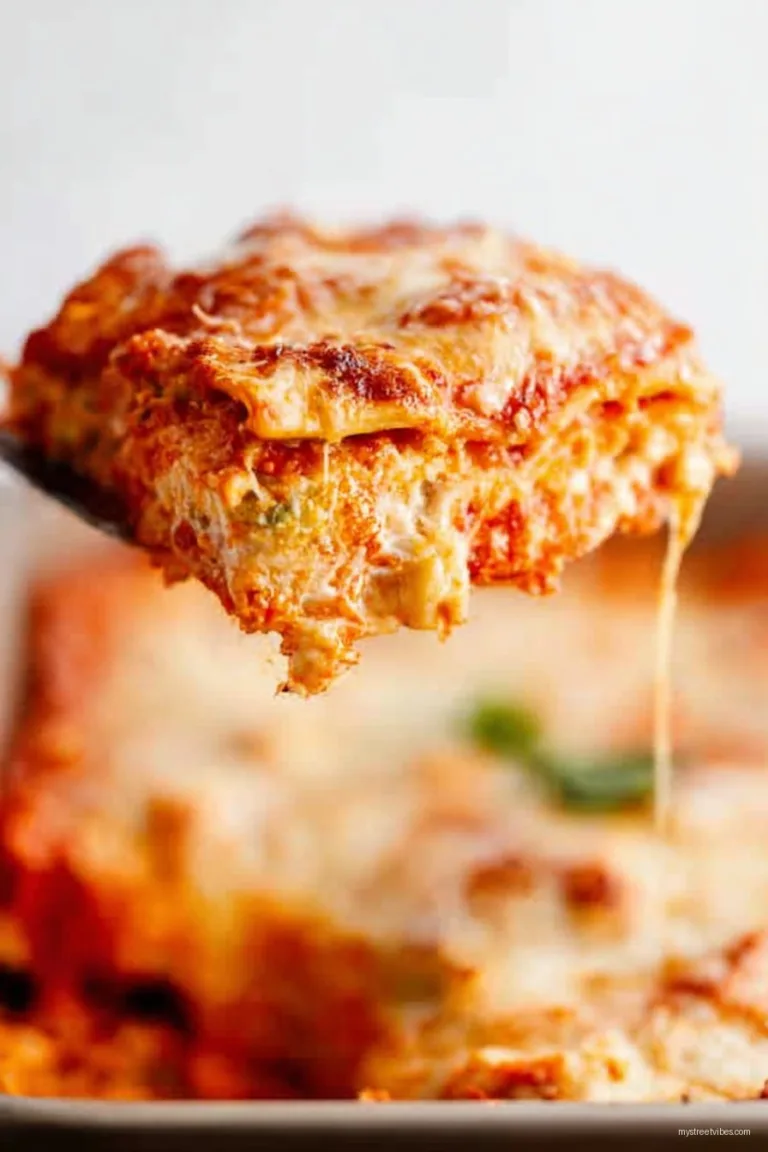Alright, so here’s how I fell for Tom Kha Gai Soup
One rainy Sunday, somewhere between a kitchen clean-up that never ends and my dog’s relentless side-eye for a piece of anything, I randomly decided to try making Tom Kha Gai Soup. My neighbor Dave claims he can smell it three doors down when I make it — which is both flattering and kind of worrying? Anyway, the first time I made this, I totally spaced on picking up fresh galangal and ended up using ginger, hoping the flavor police weren’t gonna bust me. Luckily, it still turned out fantastic, and, well, became sort of my rainy-day favorite. (Or sunny day. Or honestly, whenever.)
Why I actually keep coming back to this soup
I make this when it’s a bit chilly out, or just when the fridge is full of random mushrooms (which happens suspiciously often). My family goes absolutely nuts for Tom Kha Gai — my sister once brought Tupperware to “steal” some for her fridge! There’s just something about that coconutty, tangy, herby flavor combo that hits all the right spots; I used to feel like I needed to follow every step exactly (which led to wild goose chases for kaffir lime leaves), but actually, it comes together beautifully even if you have to improvise a little. Plus, it makes the whole place smell like you’re running your own little Thai café (minus the stress, hopefully).
What you’ll need (and what you can fudge…er, substitute)
- 1 can (400ml or so) coconut milk — I sometimes use the light kind if I’m on a “health kick,” but full-fat is just, well, better.
- 2 cups chicken broth or water — Homemade’s ideal but, you know, boxed totally works.
- 1 stalk lemongrass, bruised and sliced (or dried lemongrass, though it’s less punchy)
- 3-5 slices fresh galangal (swap in ginger if you can’t find it — I did and survived)
- 2-3 kaffir lime leaves, torn — I’ve used regular lime zest in a pinch; it wasn’t the same, but still good
- 250g chicken breast or thigh, thin-sliced — Or, I guess, tofu works if you’re veg (but it does get a little weird texture-wise). My grandmother only used thighs; I ignore that sometimes.
- 150g mushrooms (oyster are fancy, button are fine, shiitake are fantastic)
- 2-3 Thai chilies, smashed (or just a squirt of Sriracha if that’s all you’ve got; no one’s judging)
- 2-3 tbsp fish sauce — Any old brand works here (despite what purists say)
- 1-2 tbsp fresh lime juice — Bottled, if desperate. If you oversqueeze and it gets too tart, see notes below; I’ve done that more than once.
- 1-2 tsp sugar (brown or palm or plain white, honestly I can’t always tell the difference when it’s simmered in)
- Fresh cilantro and scallions, for topping (unless you have a cilantro-hater in the house, like my cousin Tom. That guy.)
How I throw this together: directions that actually work
- Pour chicken broth (or water — whatever) into your biggest, friendliest soup pot and bring it up to a lively simmer. This is usually the point where I realize I haven’t pre-chopped everything and am frantically slicing as the soup heats up.
- Toss in the lemongrass, galangal, and lime leaves. Let it burble for 3-4 minutes so you’re basically making a herby sauna. It might smell a bit like a spa (bonus!).
- Pour in the coconut milk (all of it, don’t wimp out). Give it a gentle swirl; if it looks a little lumpy here, that’s normal — it all smooths out.
- Stir in the mushrooms and chicken. Turn the heat to medium and just let it do its thing until the chicken isn’t pink anymore (about 5-8 minutes? But poke a piece and check — I’ve undercooked exactly once and regretted it).
- Now add fish sauce, chilies, and sugar. This is where I usually sneak a taste; careful, it’s hot and you don’t want to burn your tongue and ruin all the other tasting.
- Squeeze in lime juice to taste. Don’t worry if it goes super tart; just add a pinch more sugar or a dribble of coconut milk. (I’ve had to recover from a lime explosion before!)
- Pull out the big pieces of lemongrass, galangal, and lime leaves if you fumble across them. Or leave ’em in for presentation (and a bit of a treasure hunt for your guests).
- Ladle into bowls. Toss on your cilantro and scallions like you mean it.
Notes I wish I’d heard sooner
- If you can’t find galangal, ginger is a decent stand-in, though it’s missing that lemony punch; I’ve made it this way loads, and it’s still good.
- Don’t boil the soup too hard after adding chicken, or it turns weirdly rubbery. Actually, on second thought, I’ve pushed the temp too far before and it just made the chicken…bouncy? Not great.
- Really, you only need a big pot and a halfway reliable knife. (Though an honest-to-goodness soup pot is handy if you have it — mine gets a workout from this recipe and the occasional spaghetti bender.)
Variations from a kitchen rebel (sometimes successful, sometimes not)
- Tofu swap: Going meatless? Cubed firm tofu totally works, though once I tried silken and it disintegrated into a milky mess. Never again.
- Extra veggies like baby corn or zucchini — I tried it when my fridge was looking sad and yeah, why not. Doesn’t upset the flavor much, adds some color.
- Threw in shrimp one time — tasty, but the flavor gets pretty different and, in my opinion, less cozy.
Equipment? Just use what ya got
If you’ve not got a soup pot, use your biggest saucepan. I’ve done it; just fill it a bit less so it doesn’t bubble over (which, yes, has happened to me mid-Netflix-binge). A microplane grater is nice for zesting, but honestly a sturdy knife and some clumsy slicing gets it done.
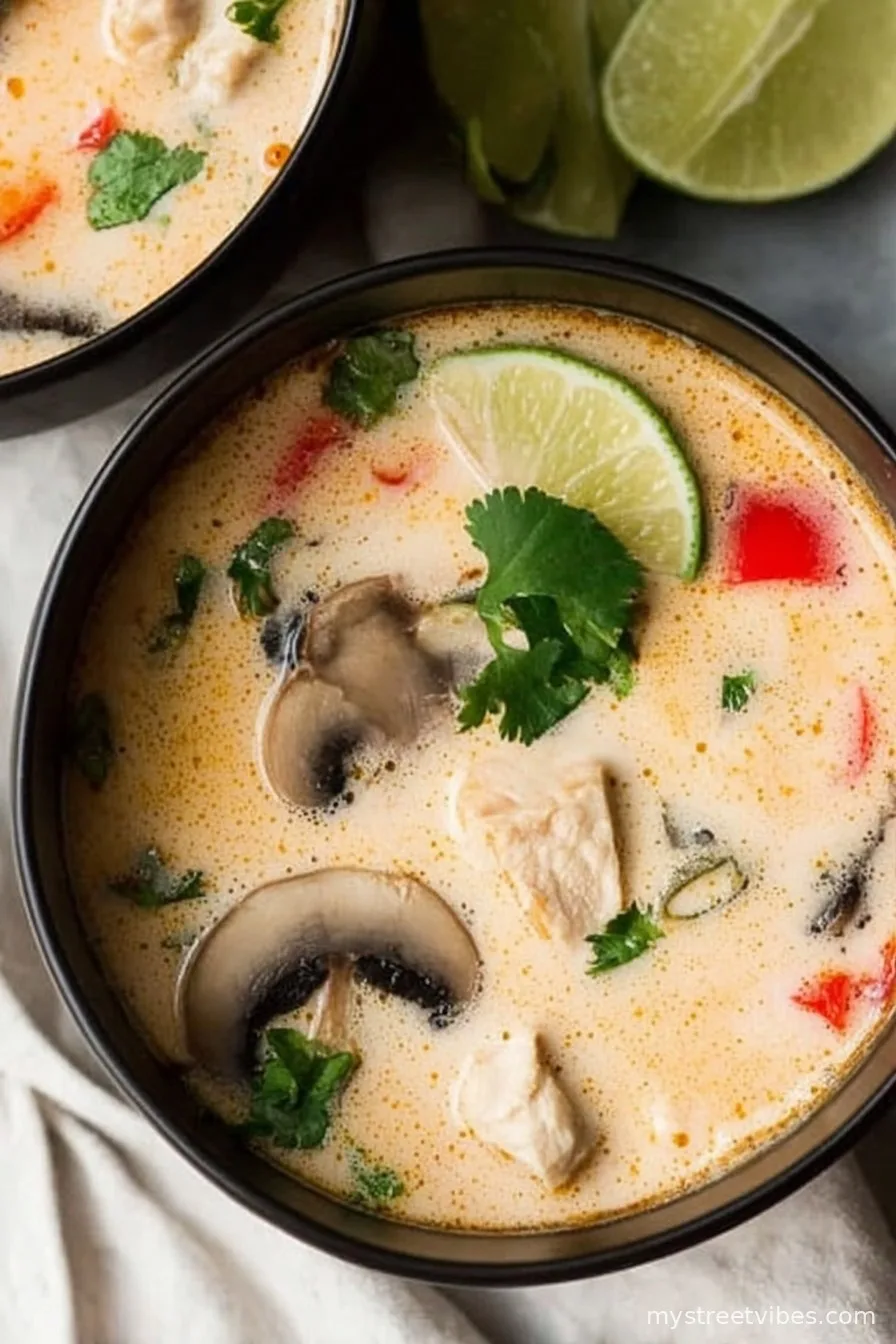
Storing leftovers (as if you’ll have any…)
This keeps in the fridge, tightly covered, for a couple days. Some say it tastes even better on day two — I tend to agree, but somehow it’s always gone before then. Maybe hide a bowl behind the pickles if you want leftovers?
How we like to serve it up (family quirks included)
I usually scoop it up with jasmine rice on the side, especially if I’m feeding a crew. My mum always throws in extra lime wedges and a bowl of chili flakes — go wild with toppings if that’s your jam. Sometimes we do a salad too, but that’s only if I’m feeling over-achievey.
Lessons learned: My pro tips from soup slip-ups
- Don’t rush the herby stuff at the start. I once dumped everything in at once because I was late for a Zoom call — the flavor was, uh, kinda flat. Letting it simmer first makes a world of difference.
- Watch your lime — it’s easier to add than take away (except if you like a face-puckering soup…which, hey, no judgment, but not my thing).
- If using chicken breast, slice it thin or it’ll be dry — thighs are more forgiving if you get distracted for a minute.
Tom Kha Gai questions from actual people (and my honest answers)
- Can I use beef or pork instead of chicken? Technically, sure, but it gets a little weird with the coconut and sour. I mean, I’ll try almost anything once, but this is a classic for a reason.
- Where do you buy kaffir lime leaves? Usually Asian groceries have them, but I’ve also ordered online from ImportFood once when I was desperate. Or, as mentioned, a bit of lime zest sorta works!
- Is Tom Kha Gai spicy? Only if you want it to be. I keep the chilies whole so my dad can avoid them — if you slice them, it’s way punchier. Check out Pailin’s Tom Kha Gai recipe if you want a spicy deep dive.
- Can I freeze it? Technically yes, but the coconut milk gets a bit weird in texture after thawing. I have done it, just don’t expect it to look pretty. It’s still tasty, though.
- How do I make it vegan? Sub tofu for chicken, veggie broth for the chicken one, and use soy sauce instead of fish sauce (though it’s not quite the same umami, but still good enough in a pinch).
Oh! Before I forget, if you want a legit walkthrough, I’ve followed Rasa Malaysia’s Tom Kha Gai before and it’s totally solid (but don’t stress over getting everything perfect like they do. Seriously, who’s got that much time?)
If you get distracted and end up seasoning it more than once — you’re not alone. Happens every time I try to multitask with laundry. Just taste as you go. That’s the real secret.
Ingredients
- 400 ml coconut milk
- 2 cups chicken breast, thinly sliced
- 2 cups chicken broth
- 1 stalk lemongrass, cut into 2-inch pieces and smashed
- 4 slices fresh galangal
- 3 kaffir lime leaves, torn
- 1 cup mushrooms, sliced
- 2 tablespoons fish sauce
- 2 tablespoons lime juice
- 1-2 Thai chilies, sliced
- 1 teaspoon sugar
- Fresh cilantro, for garnish
Instructions
-
1In a medium pot, combine the chicken broth, lemongrass, galangal, and kaffir lime leaves. Bring to a gentle boil over medium heat.
-
2Add the sliced chicken to the pot and simmer until just cooked through, about 5 minutes.
-
3Stir in the coconut milk, mushrooms, and Thai chilies. Simmer for another 10 minutes until mushrooms are tender.
-
4Season the soup with fish sauce, lime juice, and sugar. Taste and adjust seasoning as desired.
-
5Remove lemongrass, galangal, and lime leaves before serving. Garnish with fresh cilantro. Serve hot.
Approximate Information for One Serving
Nutrition Disclaimers
Number of total servings shown is approximate. Actual number of servings will depend on your preferred portion sizes.
Nutritional values shown are general guidelines and reflect information for 1 serving using the ingredients listed, not including any optional ingredients. Actual macros may vary slightly depending on specific brands and types of ingredients used.
To determine the weight of one serving, prepare the recipe as instructed. Weigh the finished recipe, then divide the weight of the finished recipe (not including the weight of the container the food is in) by the desired number of servings. Result will be the weight of one serving.
Did you make this recipe?
Please consider Pinning it!!

